
Image Credit: Energy Conservatory
I thought I’d put together a list of all of the tools and equipment I use during an energy audit. Not all of these tools are used during every audit, and some aren’t essential to investigating the house. I’ve separated the lists into two categories: essential items and useful items.
I’ve listed the models of the tools I actually use, and I’ve included links to websites where these tools can be purchased. Equipment is available with more or better features; for example, high-end infrared cameras have more memory, higher resolution, and USB ports. However, this list gives you a good starting point for filling a tool kit to handle issues that come up (like moisture levels) or ones that routinely need to be covered as part of an audit (like monitoring CO levels).
Energy audit equipment: the essentials
Blower door. I’ve written about blower doors extensively, detailing how they help evaluations and aid diagnostic work. While the common thermal bypasses are well known, a blower door can starkly show the extent and size of air leakage problems. I use a blower door manufactured by the Energy Conservatory.
Infrared camera. Surprisingly, I almost put infrared cameras in the ‘useful’ category rather than ‘essential.’ They’re very helpful for locating air leakage, moisture issues, thermal bridging, or insulation irregularities that can lead to poor thermal performance. However, they’re astonishingly useful in visually demonstrating building problems to homeowners. The model I use is the Flir B50.
Digital pressure and flow gauge. A pressure gauge is integral to blower-door testing but is also very useful on its own. Zone diagnostics (a.k.a. poking air tubes into rooms and framing cavities) can be extraordinarily informative. While almost everyone knows where the big air leaks and thermal problems are, pressure gauges can more finely detail the heat loss and air leak pathways. A pressure gauge is also used for flue gas pressure testing and worst-case depressurization testing of the combustion air zone (CAZ). I use the model DG-700 gauge from the Energy Conservatory.
Gas leak detector. Natural gas and propane heating systems are not as common in Maine as in other states. However, for homes that do have them, a gas leak detector is essential for testing gas lines. The model I use is the Bacharach Leakator Junior.
Carbon monoxide detector. Carbon monoxide levels need to be monitored during an audit. The heating system is checked with the combustion analyzer and this monitor tracks atmospheric CO in the house throughout the audit. The model I use is the Fluke CO-220.
Combustion analyzer. The combustion analyzer tests the efficiency of heating and hot water systems. I use a basic model, but it does the trick. It can test flue gases for O2, CO2, heating system efficiency and carbon monoxide. It can also double as a CO detector. I use the Fyrite Tech analyzer from Bacharach.
LED flashlight. I avoid smaller (dimmer) LED lights because sometimes I need some serious light. When I’m crawling through a dark attic, I don’t want a dim little beam. The model I use isn’t an expensive, high-end flashlight, so I won’t regret it if something happens to it. I use a Neiko 40282 flashlight that’s available online for less than $10.
Digital camera. Like the flashlight, the digital camera is essential but I opt toward reliable but less expensive models. I use a Sony Cyber-Shot DSC-W530 camera.
25-foot heavy-duty extension cord. It’s almost a truism of energy auditing: If the house needs insulation, it probably needs electrical work too. That means that grounded electrical outlets are often hard to come by. It’s important to have a 25-foot extension cord and a two-prong adapter close at hand. I find longer extension cords unnecessary since you’ll only be plugging in the blower door and your laptop. I use a 12/3 cord, the Coleman Cable Yellow Jacket 2883.
25-foot tape measure. All of my energy audit equipment is either heavy-duty or easily replaceable. Like any contractor can tell you, crawling around basements and attics adds some considerable wear and tear. I use a 25-foot Fat Max tape from Stanley.
Cordless drill. Drills are a less obvious but necessary piece of energy audit equipment. Many times the heating system exhaust pipe doesn’t have an access hole drilled yet for the combustion analyzer probe. (Warning: For bleep’s sake, make sure it’s not a concentric vent before drilling.) A drill is also handy if you need to check inside a wall cavity (with the homeowner’s permission, of course). I use a an 18-volt DeWalt DC970K-2 cordless drill.
Telescoping ladder. Attic access hatches are often tucked away and hard to reach. A full ladder might not fit in an awkward closet. A heavy-duty telescoping ladder (I’m around 250 pounds, so I mean heavy) will make snaking through a clothes closet to the attic hatch that much easier. I use a Telesteps 1800EP Pro aluminum ladder.
Energy audit equipment: useful tools
Moisture meter. Technically called a “hygro psychrometer,” this meter allows you to quickly read several moisture measures, including relative humidity. While no substitute for year round metered data and observation, it is incredibly useful for gaining a sense of the moisture levels in a building. The model I use is the Extech RH390. (Tip: a less sexy but less expensive piece of energy audit equipment would be a few $10 humidistats from Lowes. Place a few around the house at the start of the audit and get the final readings when you collect them.)
Fiber-optic borescope. Borescopes are a perfect example of a great but maybe not essential piece of energy audit equipment. Borescopes allow you to look inside wall cavities, sealed crawlspaces, duct work. They’re incredibly useful for figuring out what’s happening in the building shell. The one I use is the Dewalt DCT410S1 inspection camera kit.
Pin-type wood moisture meter. This device is very useful for testing sill plates or other structural elements you suspect may have moisture issues. The one I use is the Extech MO220.
Pinless moisture meter. A pinless moisture meter is special-situation tool: not used often but indispensable when needed. When testing moisture in finish wood, trim, or other surfaces you’d rather not jam two pins into, the pinless meter is quite handy. Mine is an Extech MO280.
Non-contact voltage detector. Very often you need to test for live wires. Knob and tube wiring also comes up with all the time in audits (at least in Maine). Testing whether they are live is important as insulating near or over live knob and tube is a potential fire hazard. The one I use is a Greenlee GT-16.
Laser tape measure. Sometimes it is easier to use a laser than it is to roll out the ol’ tape measure. I use a Fluke 411D laser distance meter.
Distance measuring wheel I wouldn’t use this for precise measurements, but it’s fine for measuring a building perimeter. Mine is a CST/Berger Measure Mark 31-10M.
Wizard Stick smoke creator. A Wizard Stick smoke creator is useful for tracking air flows when the blower door is running. It creates a pretty arresting visual when the smoke is sucked through a crack no one suspected was a problem.
Hat with LED light. You’ll never appreciate this hat more than when you’re trying to write something down while jammed between some attic trusses.
Whew — that took a while. I also use a few other less exciting items (like a plastic darning needle to poke around behind outlets), but that covers all the major energy audit equipment.
Erik North, the owner of Free Energy Maine, is an energy auditor and home performance specialist in Westbrook, Maine. He is also the author of the Energy Auditing Blog.
Weekly Newsletter
Get building science and energy efficiency advice, plus special offers, in your inbox.





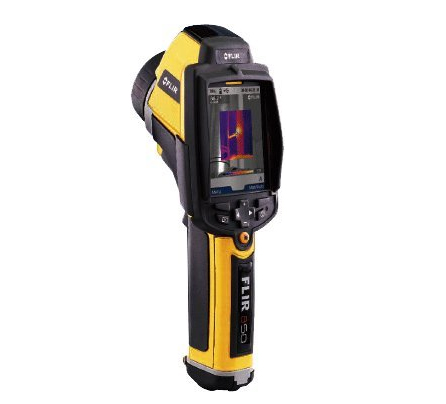
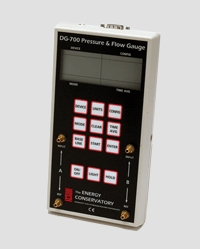
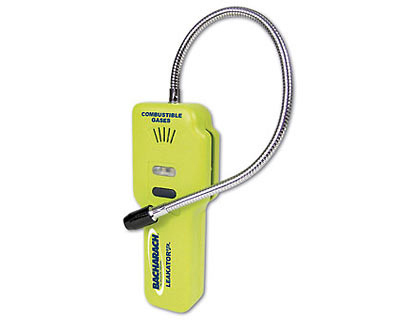

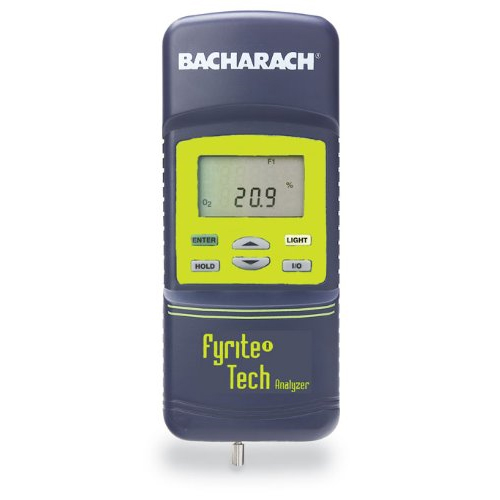
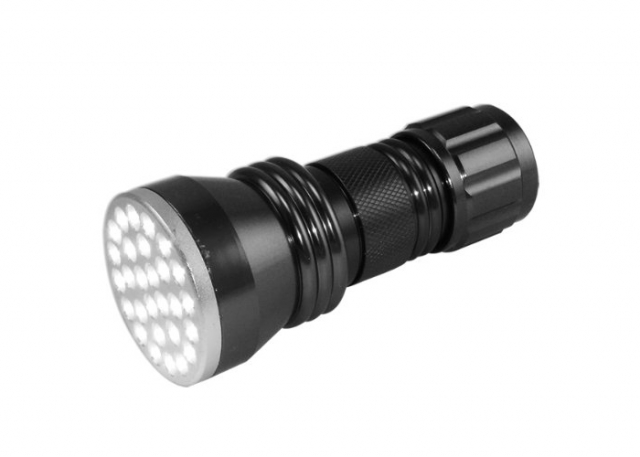
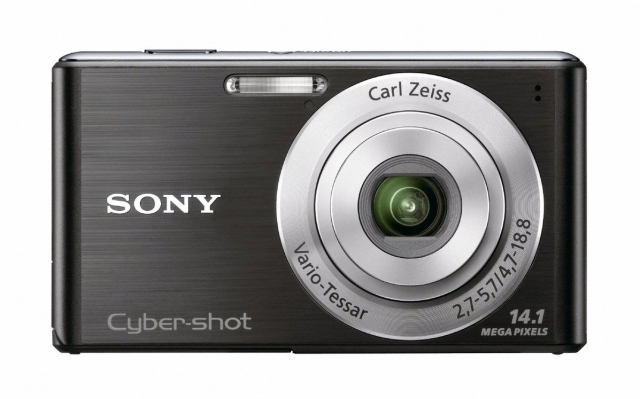

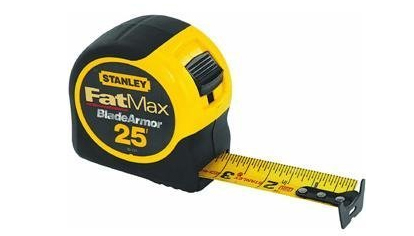

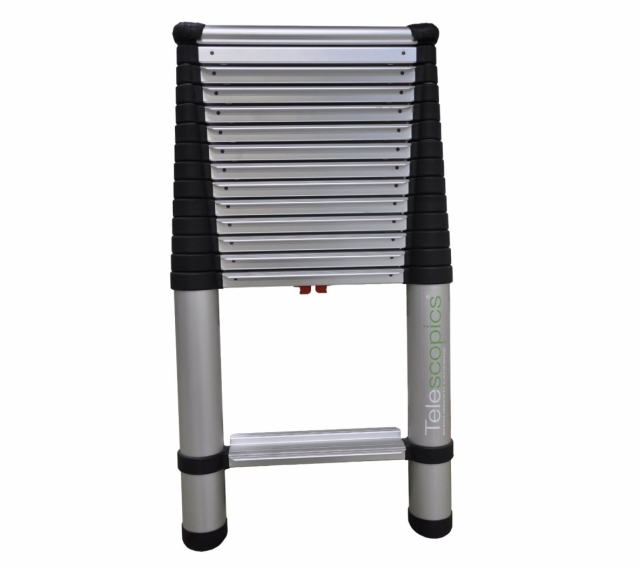

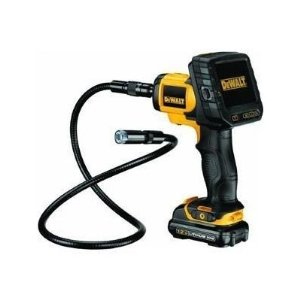
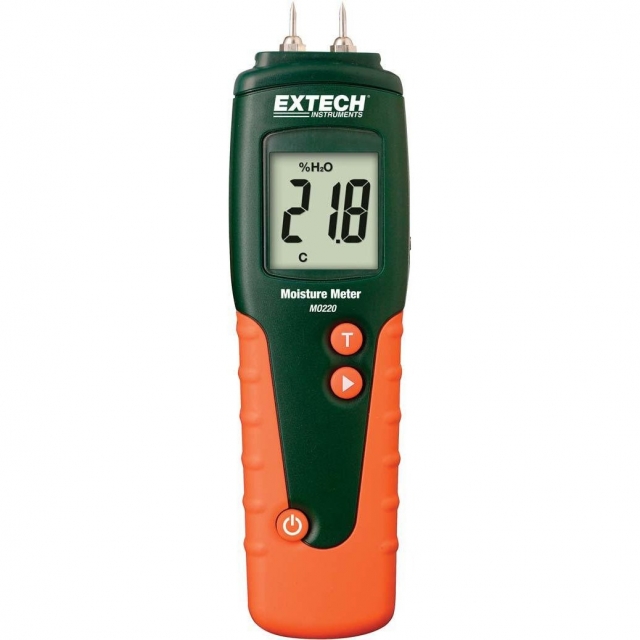
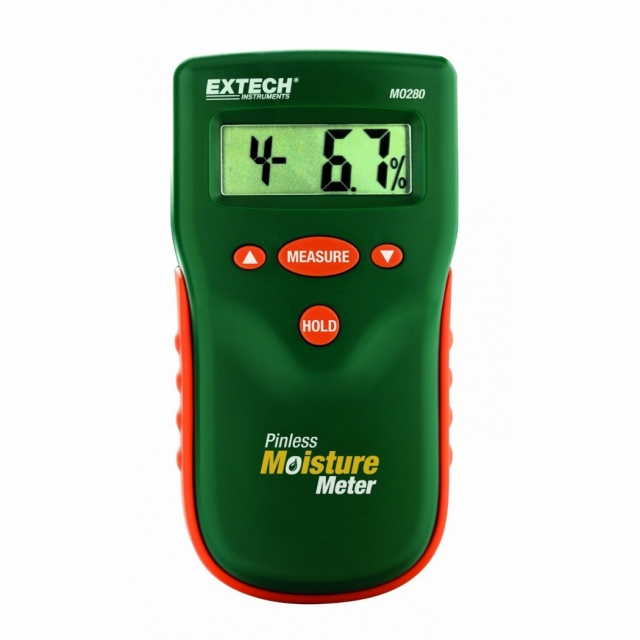

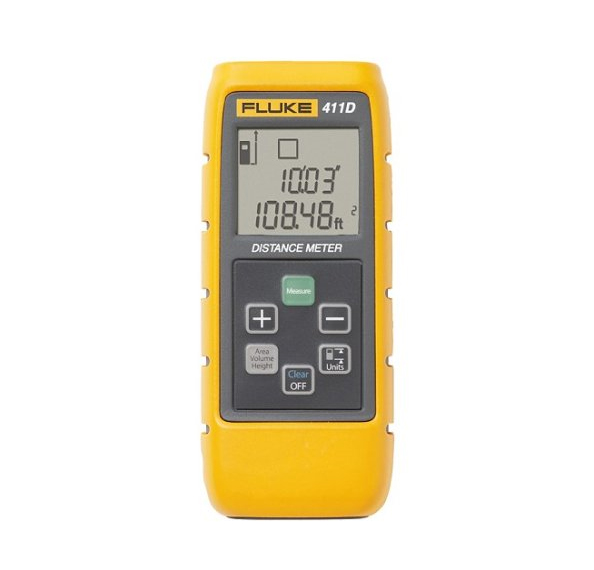
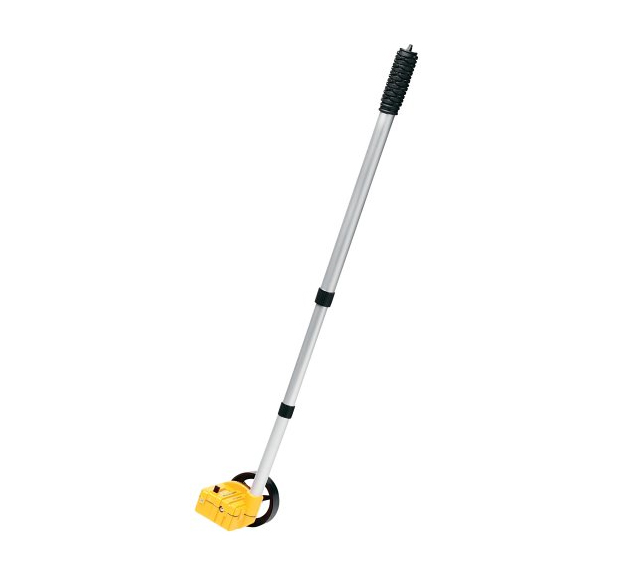
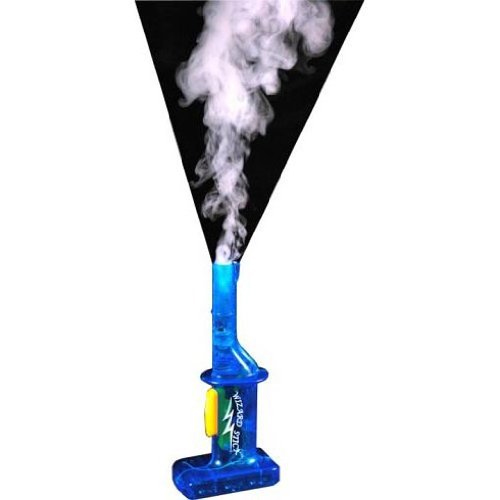











3 Comments
Added auditor tools
This is a great list of tools but have a couple of comments. One essential items is a crochet hook or heavy wire with a hook on end to check cavities. Another item is a mechanics mirror which is handy to look in areas out of direct view and to check for back drafting by viewing condensation on the mirror. Also a basic set of hand tools is helpful.
Auditor tools
Allan,
Thanks for the comment. I actually mention a plastic darning needle/crochet hook in the last paragraph. Very useful but maybe not essential as there are so many ways to visualize the wall cavity.
I like the mirror suggestion since you can use it for multiple purposes.
Audit Tools
Erik,
I agree with you assessment of an infrared camera. I personally feel too many folks put too much value on the diagnostic capabilities of an IR camera. I haven't found too many times when the IR told me something I hadn't figured out already. However, as you mentioned, the ability to show the homeowner an issue with colors showing the heat loss/gain typically convinces them of the severity of the situation (a picture is worth 1,000 words).
I am curious about your DeWalt boroscope. I have an Extech unit, but I'm not very proud of it. In fact, you could say I'm down right disappointed with it and very seldom even drag it in. I end up trying to use my mechanics mirror if at all possible most times.
Log in or create an account to post a comment.
Sign up Log in